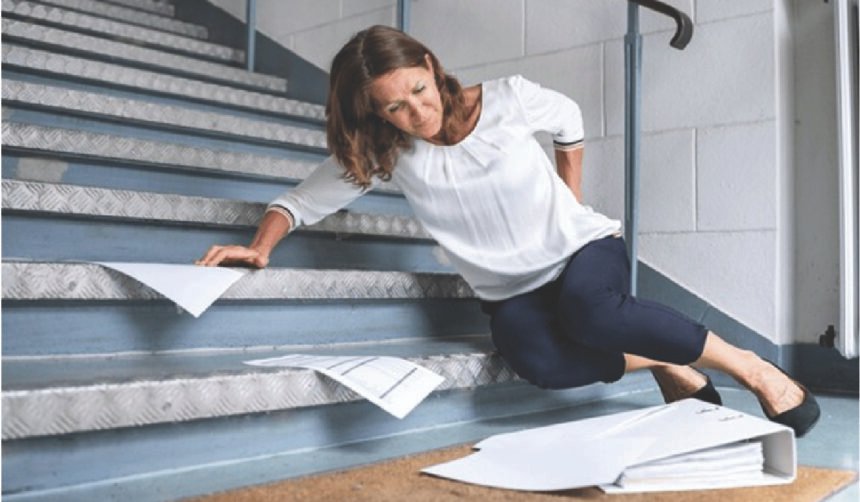Slip and fall injuries can lead to serious harm, especially when caused by unsafe conditions. Proving what caused the accident is important for any injury claim.
Working with reliable legal experts for slip and fall cases helps ensure your documentation is complete and accurate. This guidance can make it easier to get the compensation you deserve.
Why Documenting Unsafe Conditions Matters
Good documentation supports your claim and makes it easier to get compensation. It shows what caused your fall and proves that the place was unsafe.
What to Look for When Documenting Unsafe Conditions
Knowing what details to focus on ensures you collect helpful evidence.
Key Elements to Check
- Hazards: Look for wet floors, loose rugs, uneven surfaces, spills, or damaged stairways.
- Warning Signs: Note if any signs were alerting you to a danger or if signswere missing.
- Lighting: Poor lighting can cause falls, so see if areas are dark or bulbs are broken.
- Maintenance Issues: Identify cracks, holes, debris, or clutter that could cause slipping or tripping.
How to Collect Evidence Effectively
Clear and organized evidence helps your case. Here are ways to document unsafe conditions well.
Take Photos and Videos
- Capture pictures from different angles to show the hazard clearly.
- Record videos to provide a better view of the scene and hazards.
- Make sure to include the surrounding areas to show context.
Write Detailed Notes
- Describe the dangerous condition in your own words.
- Include the date, time, and location of your fall.
- Note the weather or lighting that may have affected safety.
- Mention if anyone witnessed your fall or the unsafe condition.
Keep Any Related Items
- Preserve receipts for medical treatment or repairs related to your injury.
- Save anything that caused the fall, like a broken shoe or torn clothing.
Collecting Witness Statements
Witnesses can support your story and confirm the unsafe condition.
How to Get Witness Information
- Ask people nearby if they saw the fall or noticed the hazard.
- Get their full names and contact details.
- If possible, ask witnesses to write or record what they saw in their own words.
Reporting the Incident
Making an official report helps create a legal record of what happened.
Steps to Report
- Report the fall to the property owner, manager, or business right away.
- Request a written copy of the accident report.
- Keep a copy for yourself to track the official response.
Why Timing Is Important
Collecting evidence quickly is critical because conditions may change or be fixed.
Act Promptly
- Take photos and write notes as soon as possible after the fall.
- Contact witnesses before memories fade.
- Report the incident promptly to ensure the unsafe condition is recorded.
Organizing Your Documentation
Keeping your evidence organized makes your claim easier to manage.
Tips for Organization
- Use a folder or digital file to keep photos, notes, and reports together.
- Label files with dates and descriptions.
- Keep a list of all evidence collected and when it was gathered.
Final Thoughts
Documenting unsafe conditions carefully strengthens your slip and fall injury claim. Taking photos, writing notes, getting witness statements, and reporting the incident early are key steps. Staying organized and acting quickly improves your chances of receiving fair compensation.
For More Information Visit Fourmagazine







